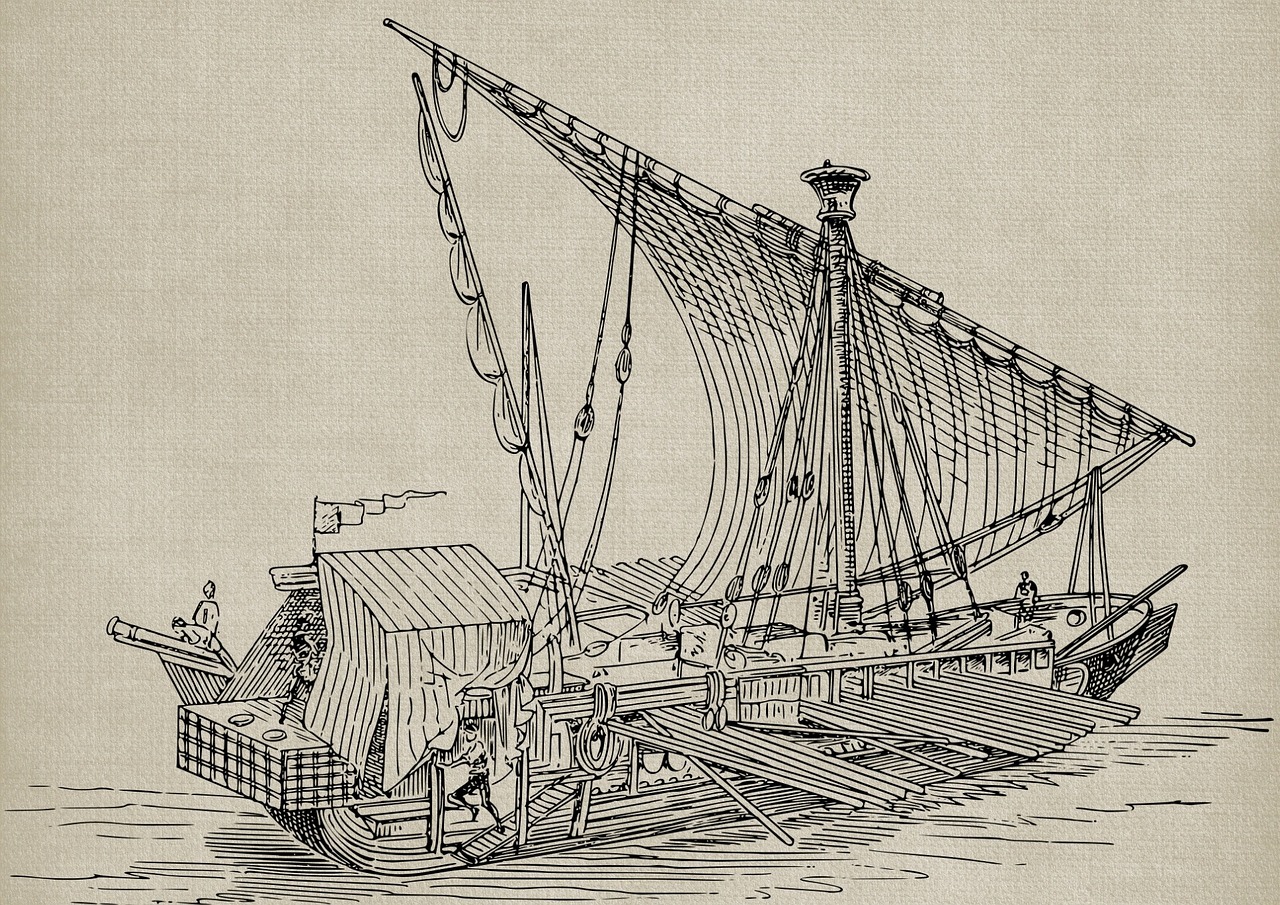This is the story of William Kidd and his final journey to Execution Dock, a rich reminder of England’s colorful history.
On a fateful afternoon in 1701 the infamous pirate Captain William Kidd met his maker at the end of a rope. Three centuries later, the story remains one of the most intriguing and imaginative narratives of the time, and one that could easily have come straight out of Hollywood. Born in Dundee in Scotland in 1645, William Kidd took on the life of a merchant sailor from a young age, relocating to New York City. A 1689 mutiny saw him named captain of the re-monikered Blessed William, a ship that would become synonymous with piracy.
Over the next decade, Kidd became one of if not the most infamous pirate sailing the seven seas, plundering ships and ports and earning a king’s ransom in gold and jewels. Some question this somewhat cliché pirate persona though. There is a school of thought that believes Kidd was actually a privateer working for the English monarchy. To his dying day, Kidd claimed that the treasures he seized were to be returned to their ‘rightful owners.
Drunken passage through the hordes
Having been seized as a pirate in Boston in 1699, Kidd was sent to London to serve punishment. He spent his final months in Newgate prison, continually defying the prison ordinary’s requests for him to repent. On May 23, 1701, with his pleas – which involved attempting to bribe the government with stories of £100,000 secretly buried away – ignored, Kidd was escorted to his death.
His final journey took him through the packed streets of London, past the iconic Tower of London, on to Wapping and the notorious Execution Dock. All the way, hordes of people greeted the famed pirate, some as a hero, others as a villain. Both paupers and nobility climbed over each other to see Kidd, who was pulled through the streets in a cart. Kidd, realizing all hope had failed, proceeded to get blind drunk, hammering back mug of rum after mug of rum.
Upon his arrival at Execution Dock around two hours later, the masses watched on as Kidd – still pleading his innocence – was set to be executed by hanging. The first attempt hardly went to plan, with the rope snapping and Kidd falling to the ground. The second attempt was more final, with Kidd’s body moodily going limp as the sun set. Days later, Kidd’s body was placed in an iron gibbet beside the River Thames where it would remain for years to come, a stark reminder to every sailor that entered the great city of how pirates faired in these parts.
Remembering the past
Retrace the journey today and you’ll find the odd reminder of Kidd’s final moments. Take a stroll along Wapping High Street and you’ll come across The Captain Kidd, a public house located just yards away from where Execution Dock once stood and named for the infamous pirate himself.
Continue east and you’ll find another public house, The Prospect of Whitby. Dating back to the sixteenth century, the establishment – once considered “The Devil’s Tavern” – was a favorite of “Hanging” Judge Jeffreys, a man with a special interest in hanging pirates and society’s other lawbreakers.

Comment here